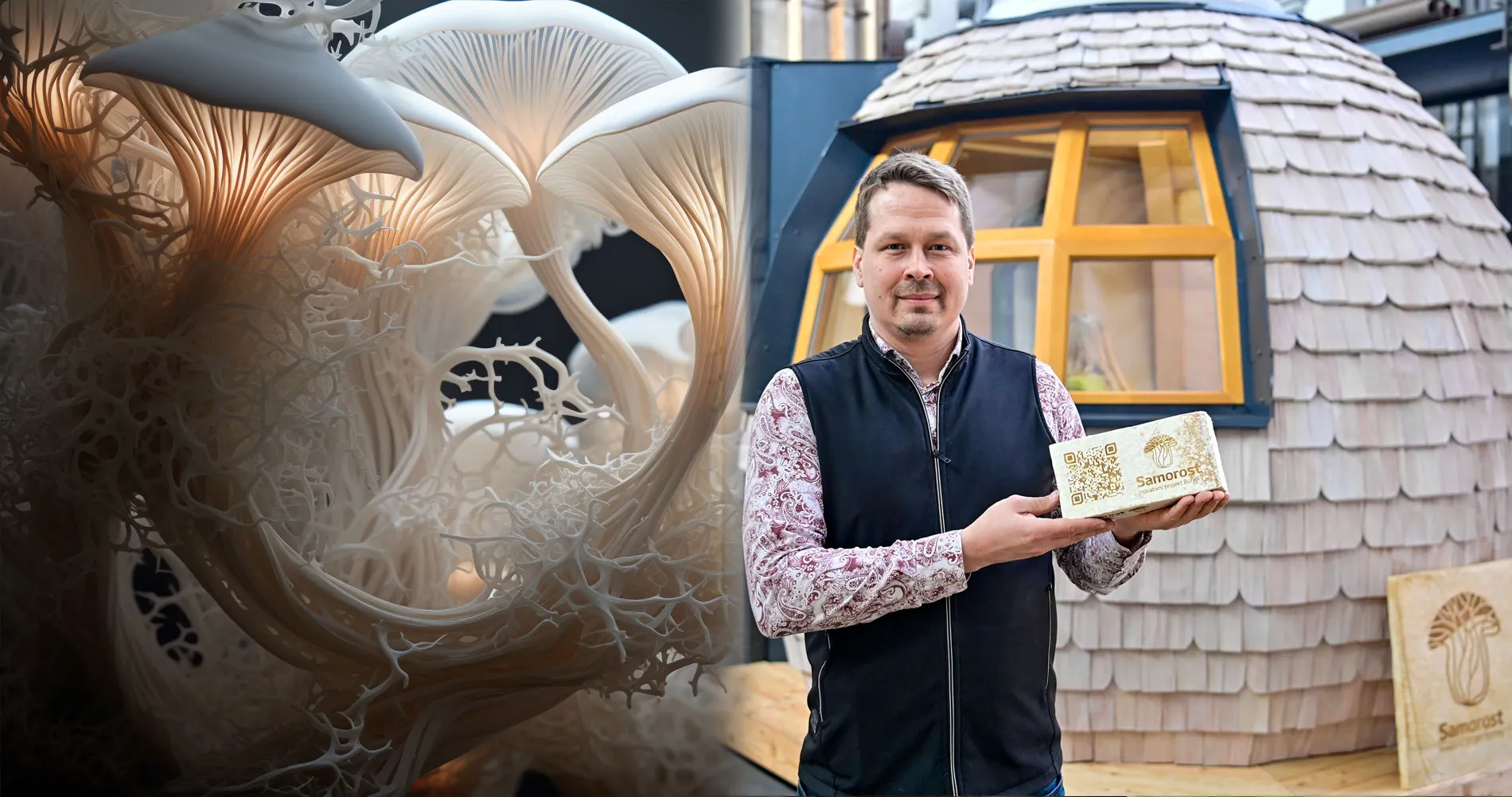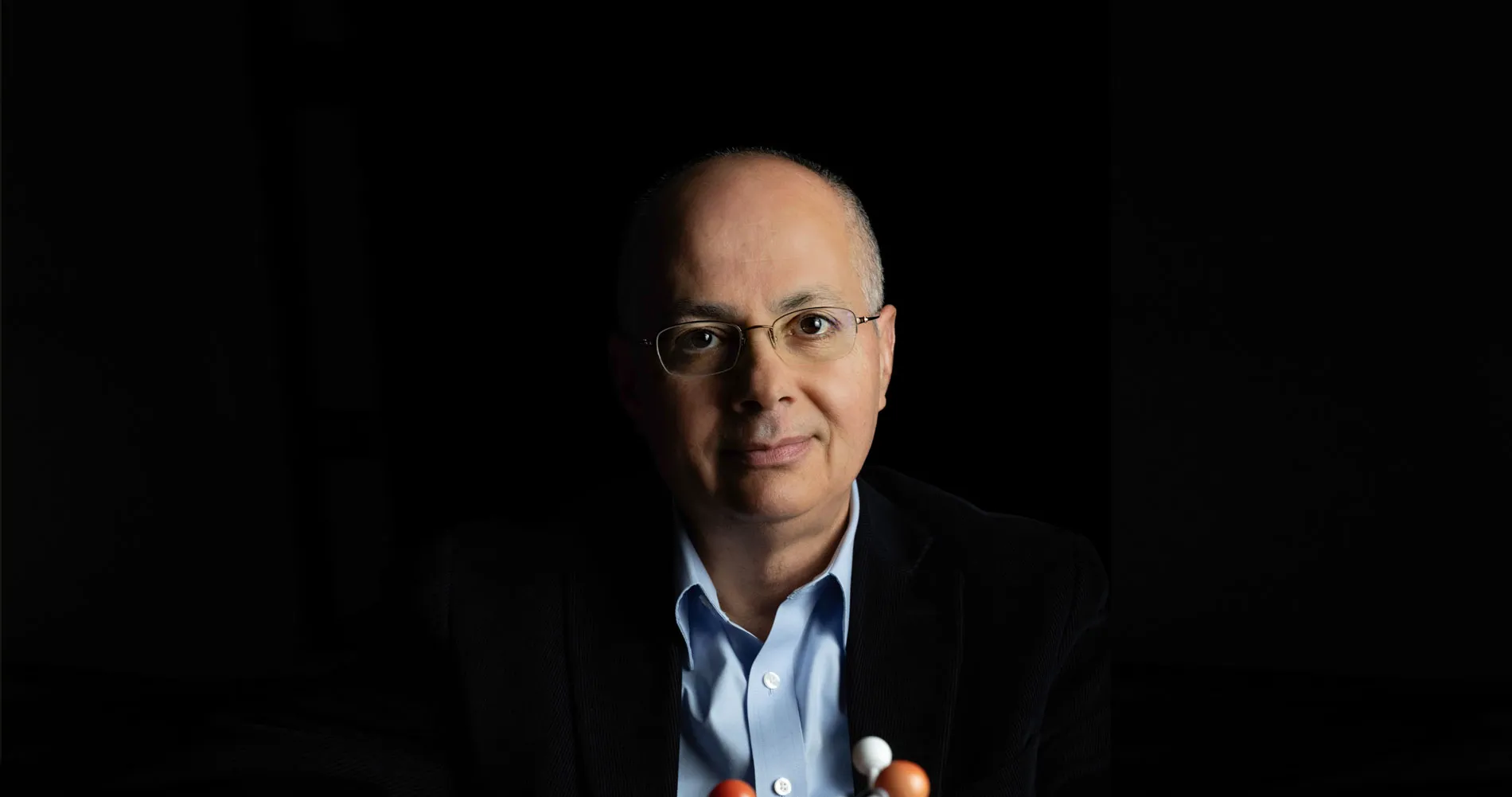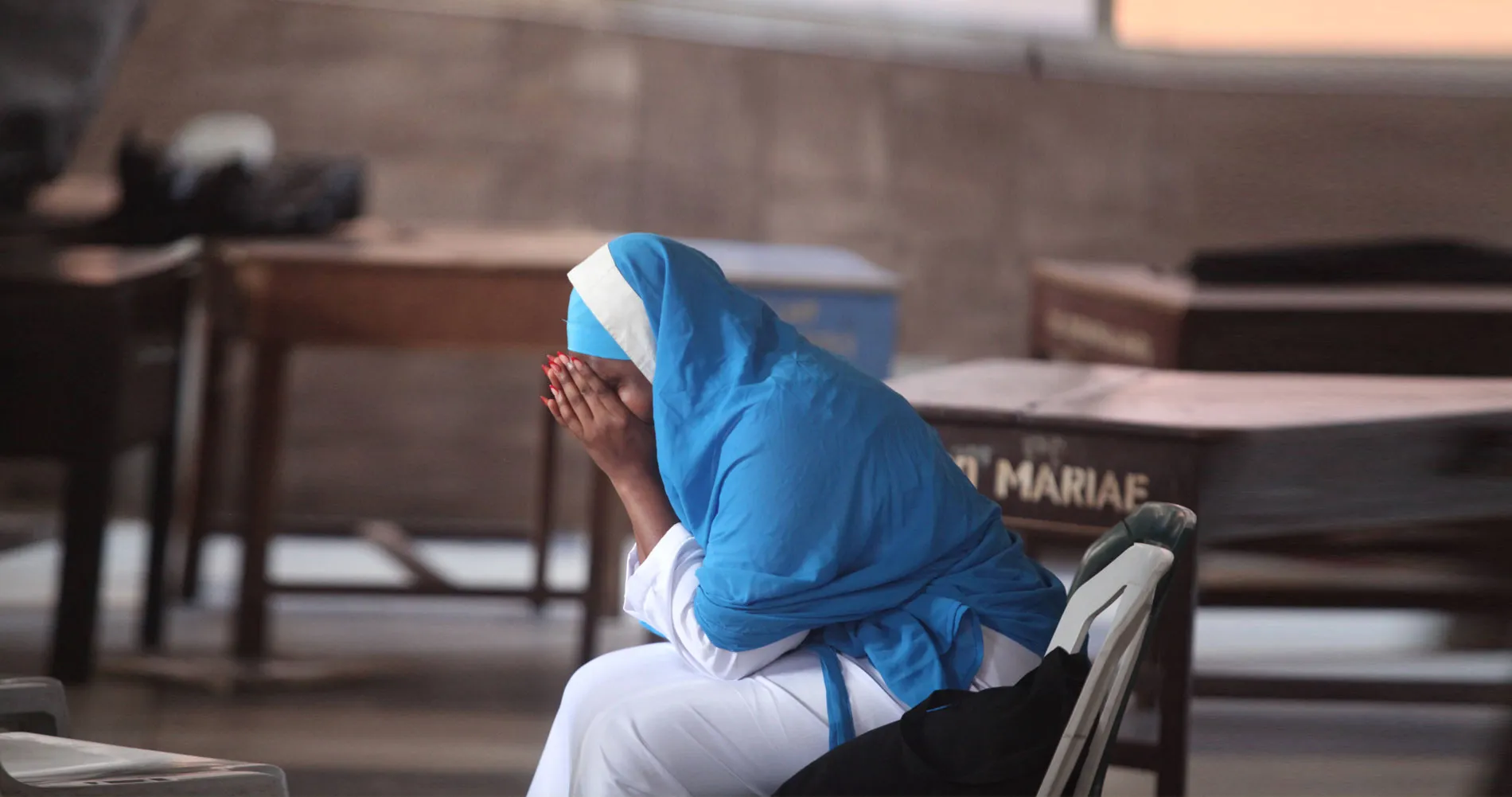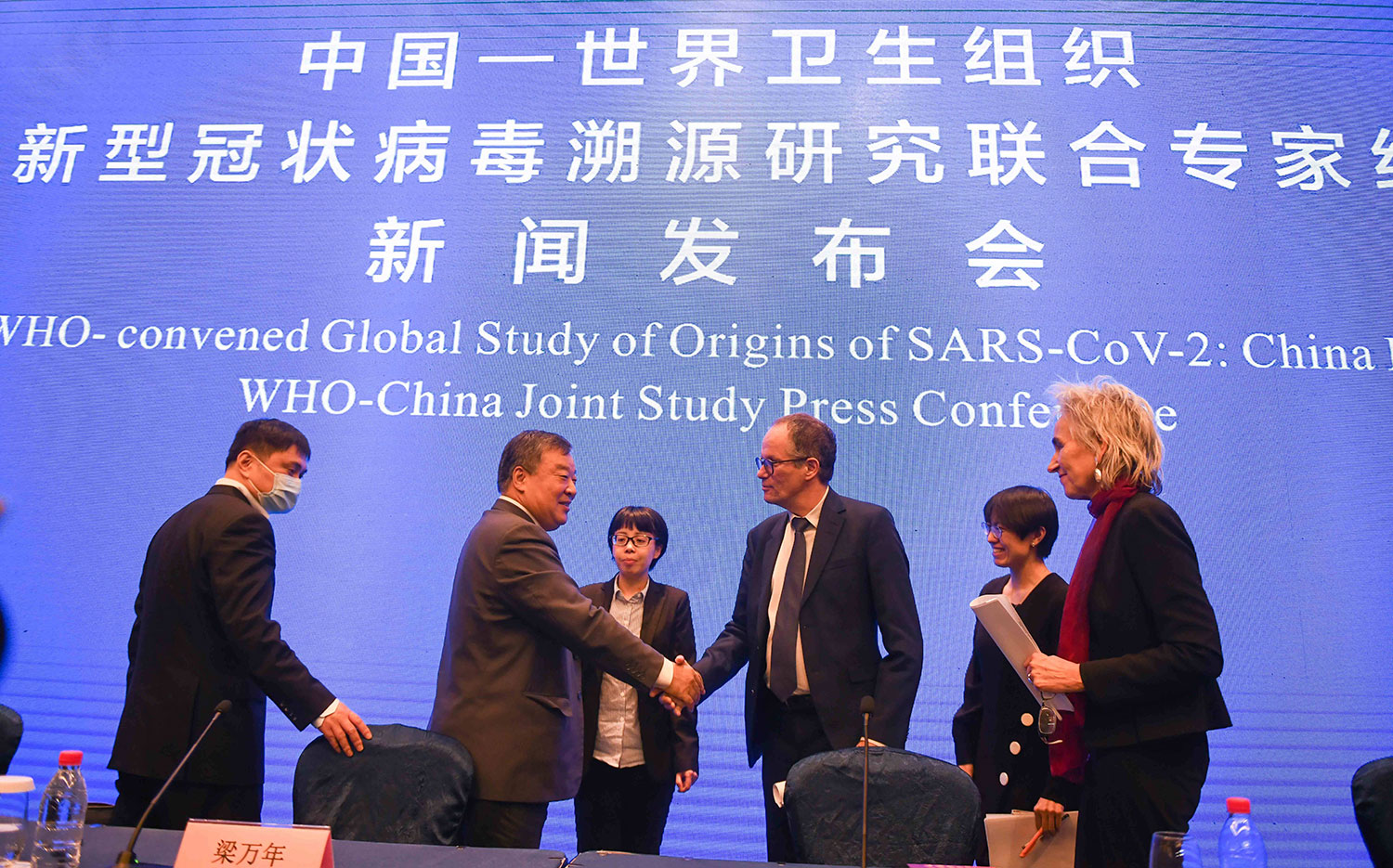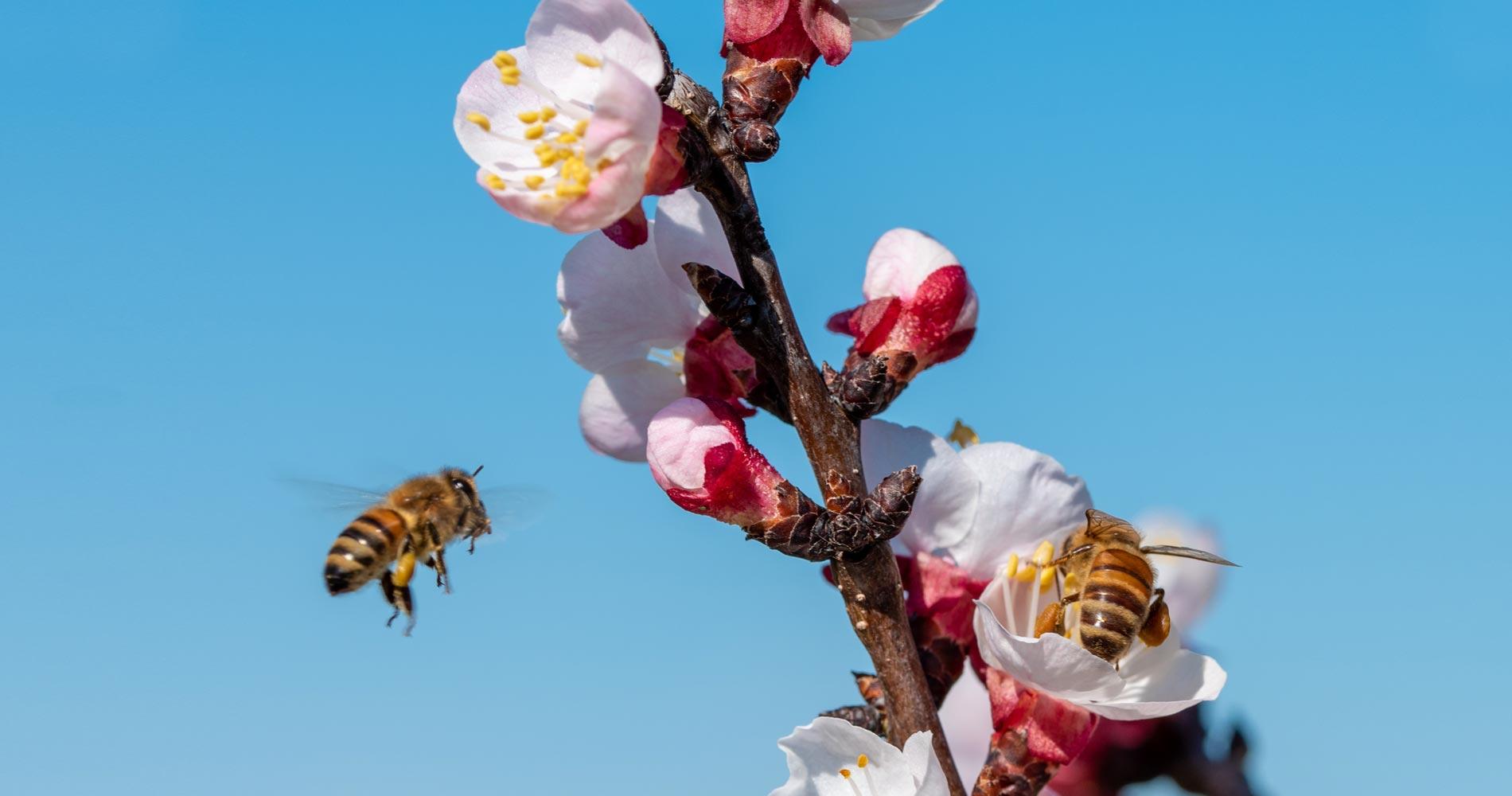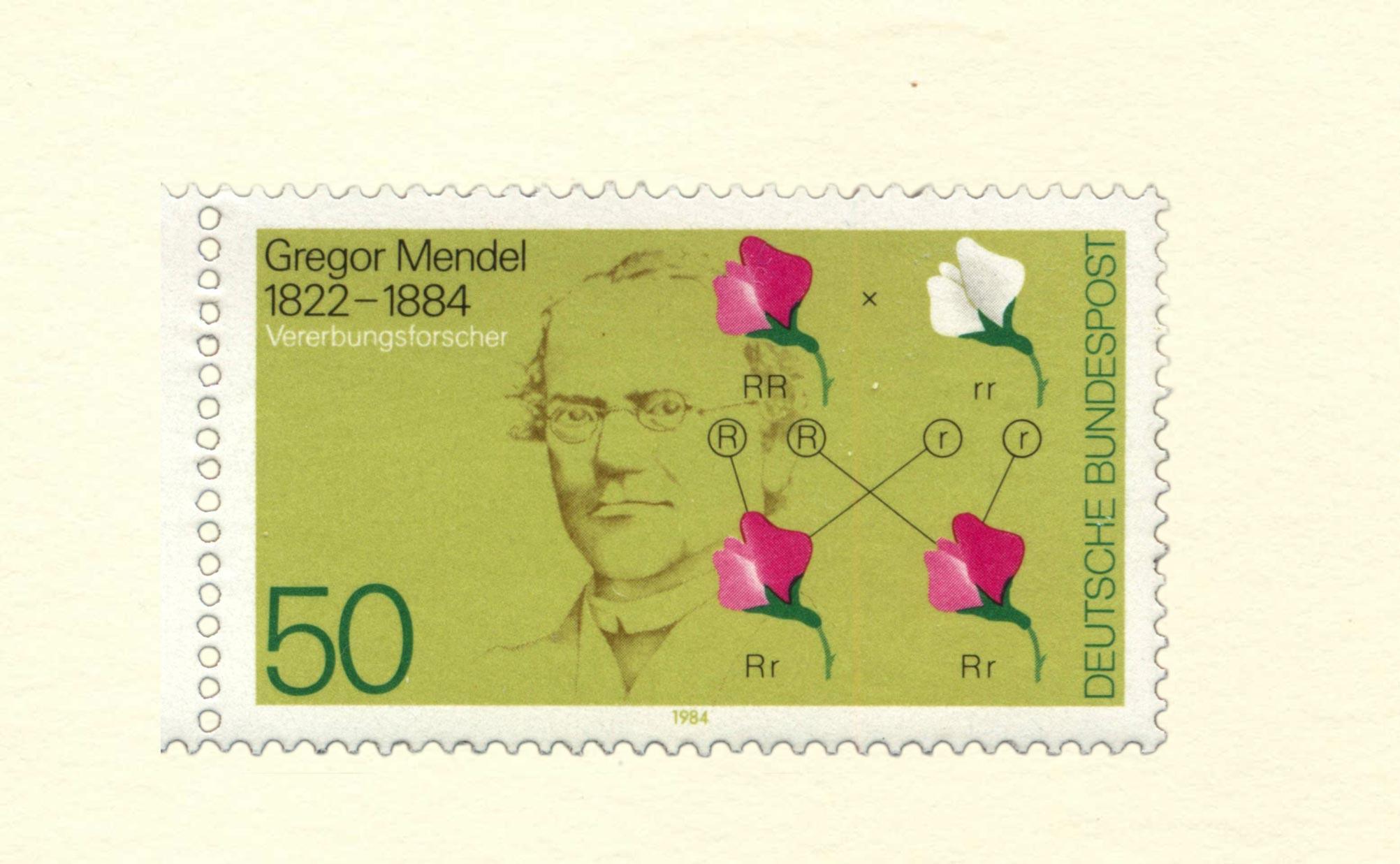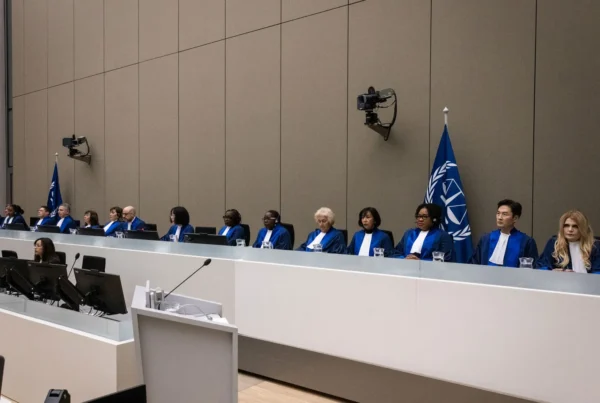In an era where climate change and plastic pollution are forcing industries to rethink traditional materials, an unlikely hero is emerging from beneath our feet: fungi. Specifically, mycelium, the network of threads which forms the fungal root, is proving to be one of the most versatile, biodegradable, and low-impact resources available. Scientists, architects, and entrepreneurs around the world are now turning to this living organism as a solution to two of the most polluting industries: construction and packaging.
David Deegan
21 May 2025
Chinese version | French version
According to the World Economic Forum and United Nations Environment Program, the global construction industry is responsible for nearly 39% of carbon dioxide emissions, much of which stems from the production of cement and other high-energy compounds, many of which are single-use materials.
Neither plants nor animals, fungi are a group of organisms which includes yeasts, molds and the more familiar mushrooms. The threadlike root structure of a fungus, known as the mycelium, is essential for recycling dead plant and animal matter, bring nutrients back into the food-chain. Various organizations have discovered ways to use the mycelium in construction. In contrast to traditional compounds, mycelium-based building materials require no high-temperature kilns, synthetic additives, or fossil fuels. Instead, they simply grow, and furthermore they are biodegradable when no longer needed.
To create a mycelium brick, agricultural waste, such as sawdust or straw, is inoculated with fungal spores and shaped by pressing it into a brick-mold. As the mycelium grows, it binds the sawdust together into a dense, sponge-like mass. After a few days of incubation, the material is baked which halts fungal growth and solidifies the structure. The result is a brick that is lightweight and completely compostable.
In May 2024, the African-American partnership, MycoHab, opened the first house (Mycohouse) built from mycelium bricks in Namibia. The Johannesburg-headquartered Standard Bank Group (SBG), the Massachusetts Institute of Technology Center for Bits and Atoms, MIT Label Free Research Group, and the architecture firm Redhouse Studios based in Cleveland, Ohio initiated MycoHab.
Spearheaded by a team of architects and local mycologists, the project is not only building homes from fungi but also repurposing the country’s invasive bush species, which threaten biodiversity and agriculture. These bushes are shredded to create the base for fungi farming. After harvesting, the remaining mycelium is pressed into building blocks that are used to construct affordable homes.
Meanwhile, in Cleveland, Ohio, the architecture firm Redhouse Studio uses mycelium to convert debris, which would otherwise be landfill-bound, into durable construction panels. According to company founder Christopher Maurer, the material not only locks away carbon but can be grown on-site, thereby eliminating carbon emissions caused by long-distance transport.
In the Czech Republic, architect Tomasz Kloza, a member of the MYMO association, designed the Samorost house. This project was funded by the Austrian Erste Bank Group. The house design mirrors nature and uses mycelium and other materials, especially wood. The load-bearing wooden skeleton is filled with mycocomposite insulation, which is also used as interior cladding.
As early as 2020, NASA’s Ames Research Center in California’s Silicon Valley reported on their myco-architecture project prototyping technologies that could “grow” mycelium-based habitats on the Moon, Mars and beyond. In June 2024 they received funding of USD 2 million to progress their research for demonstration in the next two years.
Beyond the construction site, mycelium is also taking on another pressing problem: single-use packaging. Polystyrene foam, commonly known as styrofoam, has long been used for shipping fragile items, but its environmental impact is dire. It can take up to 500 years to decompose and releases toxic chemicals when incinerated.
Mycelium packaging offers all the cushioning properties of styrofoam without the ecological cost. Ecovative Design, a New York-based biomaterials company, developed molded packaging grown from mycelium. Their process takes just 5–7 days to grow, and the resulting product breaks down in soil within 45 days. Major brands such as IKEA and Dell are using Ecovative’s material for packaging and shipping.
As research progresses, the potential uses of mycelium are expanding in fascinating directions. According to the European Patent Office, Ecovative is expanding its product range to building insulation, eco-friendly furniture, insulation for jackets and resilient foam for footwear, and AgFunderNews reported their successful move into artificial leather made from sheets of mycelium.
The University of the West of England is currently working on what they describe as potentially the world’s first “smart fungal building.” With GBP 2.5 million in funding from the European Union, scientists are developing walls infused with live mycelium that can detect pollutants, light levels, and even respond to human presence by altering humidity or airflow. In essence, buildings could become living, breathing organisms.
In the University of British Columbia a team of academics is also fusing the fields of microbiology and architecture to create living building materials made out of oyster mushrooms and other edible fungi. They say their research into engineered living materials could replace traditional insulation, regulate indoor temperatures as the climate warms, or even help filter air pollutants such as wildfire smoke.
Despite these innovations, challenges remain. Chief among them is scalability. While growing mycelium is relatively simple in a lab or small facility, industrial-scale production requires consistent environmental controls, infrastructure, and time. Compared to synthetic materials, the slower growth period of fungi can be a logistical bottleneck.
Moreover, regulatory frameworks are still catching up. Because mycelium products are living organisms (until they are heat-treated), safety certifications can vary by country, slowing international adoption. There is also a perception issue: some consumers and builders are skeptical of materials made from fungi, assuming they are fragile or prone to rot. According to the March/April 2025 edition of Science Direct, studies examining mycelium-based material’s long-term performance, which are crucial for making convincing applications in the construction sector, are currently scarce.


